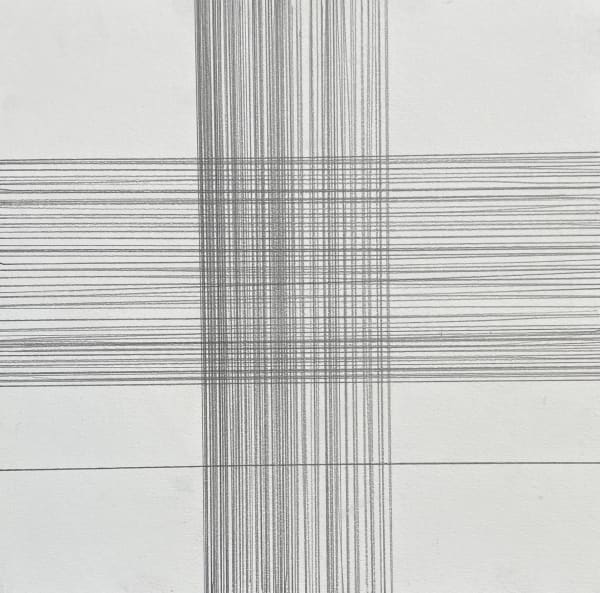Ladawna Whiteside
Born in rural Oklahoma, LaDawna Whiteside’s American lineage dates beyond the Dust Bowl. She is the descendent of a farmer, an orphaned miner’s daughter, a charismatic preacher and a female factory worker. Whiteside sifts through 19th century American social history and uses materials, process and place to form a visual dialogue. She contemplates strands of truth woven within contradictions as she attempts to cultivate meaning through repetitive mark making and a sacred connection to the land.
Her projects are based in abstraction bearing a kinship to the work and philosophies of Cy Twombly, Anni Albers, Agnes Martin and Ann Hamilton. Whiteside explains, “Vital to human development is a formula for literacy that involves sensuality, physicality, emotions and critical thinking.” She demonstrates a layering of literacy by combining reading and writing with her proposed formula.
Pursuing an alternative sublime, Whiteside chronicles this place and time, focusing on landscape topography and animal architecture. Whiteside also references contemporary cultural intersections, commonalities and social divides. Through constant questioning, she challenges a broader perception of human response toward the landscape and how we act toward each other.
For most of her life, Whiteside has lived in Arkansas. She currently lives and works at her studio and farm. With a watchful eye, she is engaged and aware within the struggle, contemplating how to build cultural bridges through social and landscape integration.








